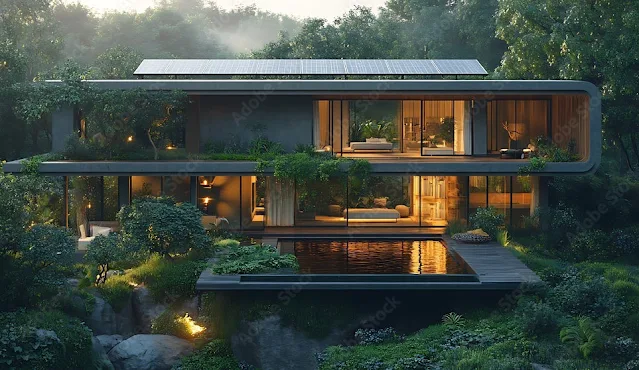Installing mechanicals
The term “mechanicals” refers to your home's
hidden components, the wiring, plumbing, ducts, furnaces, and fans that give
you control over your indoor environment. Specialty
subcontractors--electricians, plumbers, and HVAC (heating, ventilation,
air conditioning) specialists will typically be brought into the project by
your builder to install your home’s mechanical systems. Most municipalities
publish highly detailed codes that mandate the proper installation of
mechanical systems. These rules emphasize safety but sometimes ignore other
important variables in the process. As always, it pays to get involved. Look
for missing pieces of your mechanical puzzle--details that will simplify
maintenance, save money on energy bills, and increase your home’s value

Plumbing-
even with the code book open, plumbers still can
make mistakes. Sometimes, they follow poorly designed construction plans. Or
they may work too strictly to code, disregarding unwritten extras like those
described below. These often-overlooked details are worth considering since
each can improve your plumbing system’s performance.
Water heater location- Water
heaters should be installed close to major fixtures to prevent excessive energy
loss in hot water lines. If this proves impossible, energy-saving in-line water
heaters can be installed.
Branch plumbing—Improper pipe sizing may result in loss of shower water pressure when someone turns on the dishwasher or flushes a toilet. To solve this problem, branch pipes that run from main supply lines to various fixtures should have a smaller diameter. Pressure-balance shower valves also
help.
Shutoffs, drains, and alarms—Supply line shutoffs allow you to repair leaky faucets without shutting off water to the entire house. Specifying a drain valve near the main water inlet can empty all pipes when you leave on vacation. Insurance also installs electrical alarms that sense overflowing water
around toilets, bathtubs, and washing machines.
Insulation- Many codes now require all hot and cold supply
lines to be wrapped with insulating material. On cold water lines, insulation
prevents condensation from causing moisture damage to walls or ceilings. On hot
water pipes, it reduces heat loss.
Sound buffers- Pipes that contract hard surfaces may vibrate
and create noise. Your plumber or builder can prevent these rattles and thumps
by wrapping the drain and supplying pipes with buffering material.
Wiring quality and quantity- the electrical codes allow very little
improvisation when installing outlets, light fixtures, and switches, and they
seldom reflect changes in how people live. In the past five years, digital
electronics have invaded the home. Programmable thermostats have led the way,
with occupancy sensors, infrared security alarms, and motion detectors
following quickly. New
communication technologies are emerging, including interactive television,
video telephones, and high-speed internet access.







No comments:
Post a Comment